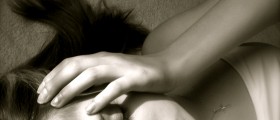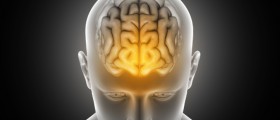
Migraine - Overview
Migraine may be defined as a neurological syndrome which typically features with specific changes in bodily perceptions, headache and nausea. However, not all the migraines include headache as one of the symptoms. Yes, majority of cases are accompanied by headache yet there are patients who are suffering from migraines and do not complain about head pain. The exact cause of ophthalmic migraines has not been identified. It may be related to certain foods such as nuts, chocolate, red wine, etc. Tension and exhaustion may be other causes of these migraines. It is also assumed that migraines are hereditary since many people have family members who are already suffering from this neurological syndrome. Migraines typically affect women even though they may occur in men.
In case the patient does not complain about headache there are additional symptoms which help the doctor to set the correct diagnosis. Still, diagnosing migraine without headache can be rather challenging. Headache-free migraines may affect children when the only symptoms include nausea and vomiting. Since these two symptoms basically occur in many children illnesses it may be difficult for a doctor to set the correct diagnosis.
Symptoms of Migraine without Headache
Approximately 25% of all patients experience specific visual disturbances called aura. They may be in a form of flash light, lines or blind spots. The blind spots are accompanied by flickering lights. In some patients shimmering, zigzagging lines or spinning stars occur inside the blind spot. The aura develops 20 minutes to an hour prior the actual attack. These visual symptoms can significantly interfere in every day activities, work productivity, reading, driving etc. Once the symptoms have occurred they last for a while and they do not have to repeat for months or even years. One type of migraines which is not accompanied by headache is the ophthalmologic migraine. It features with drooped eyelids and changes in size of the pupils. This condition lasts from several days up to several weeks. The symptoms drive the patient to an ophthalmologist.
Treatment for Migraine without Headache
Treatment for this type of migraine can be very difficult since the doctors are not fully informed about the potential triggers of the disease. The patients require consultation and further examination by the well experienced neurologist in case symptoms continue, worsen or if eventually headache occurs. Patients are not prescribed medications initially. The drugs are only given in case of progression of the disease and if the symptoms intensify or become more frequent. The best thing one might do is try to identify the triggers and prevent migraine from occurring by avoiding the very triggers.















Your thoughts on this
Loading...